#museum of new americans
Text

Central Park and the Plaza, William Anderson Coffin, 1917-18
Oil on canvas
24 ¼ x 29 ¼ in. (61.6 x 74.3 cm)
Smithsonian American Art Museum, Washington, DC, USA
#art#painting#william anderson coffin#modern art#20th century art#central park#new york#new york city#the plaza#night scene#cityscape#20th century#1910s#oil#american#smithsonian american art museum#100 notes#250 notes
474 notes
·
View notes
Text
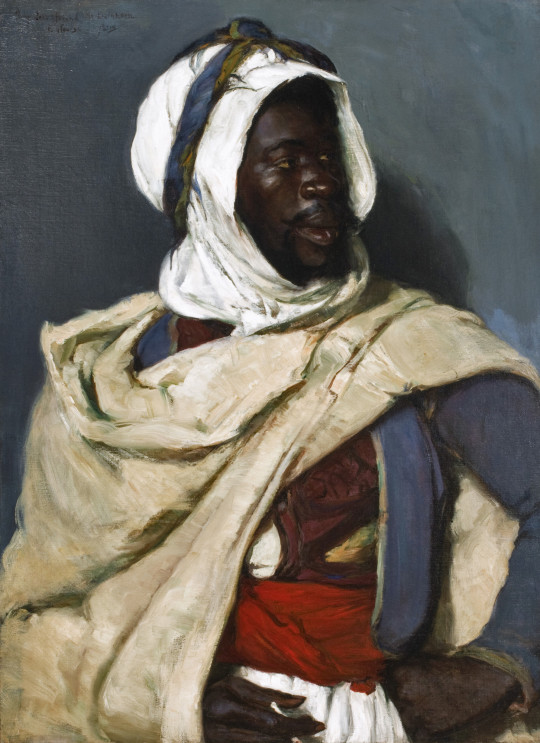
Moorish Prince (aka Head of an Algerian), Elizabeth Nourse, 1897
#art#art history#Elizabeth Nourse#female artists#portrait#portrait painting#poc in art#Orientalism#Orientalist art#American art#19th century art#oil on canvas#New Britain Museum of American Art
324 notes
·
View notes
Text
Milestone Monday

The Morse Dry Dock Dial, 1921

New York Movie, 1939

Houses of Squam Light, 1923

Interior, 1925

Self Portrait, 1904
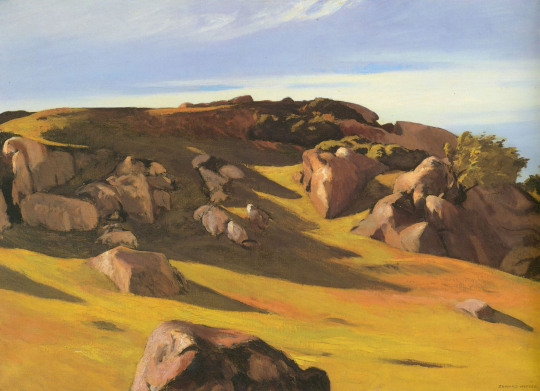
Cape Ann Granite, 1928

Night Windows, 1928

Jo Painting, 1936

Nighthawks, 1942

Cape Cod Morning, 1950
July 22nd marks the birthday of American realist painter and printmaker Edward Hopper (1882-1967). Born in Nyack, New York, Hopper took to art at a young age exploring shadows and shapes through charcoal drawings. By age ten, he started to sign and date his work and, with his parents' encouragement, spent his teen years delving into watercolor and oil painting. Declaring his professional interest in art, Hopper attended the New York School of Art and went on to become a renowned figure in American Realism.
Like many before him, Hopper started his career in commercial illustration to pay the bills but by the late twenties he was supporting himself through showing and selling his paintings. Hopper’s work explores architectural American environments and intimate rural scenes through a lens of solitude. The dramatic moods of his paintings are created through his expertise in capturing light and shadow to convey the subtilties of human experience.
In celebration of the day, we’re sharing Edward Hopper: a catalogue raisonné published in 1995 by Whitney Museum of American Art and edited by art historian Gail Levin (b. 1948). The three-volume catalog is a definitive work on Hopper featuring essays on the artist and hundreds of plates encompassing the entire scope of his career. Scholars will delight at the publication’s inclusion of bibliographic details including provenance and exhibition histories attributed to most pieces.
Read other Milestone Monday posts here.
– Jenna, Special Collections Graduate Intern
#milestone monday#edward hopper#edward hopper a catalogue raisonne#gail levin#whitney museum of american art#oil panting#watercolor#illustration#new york school of art#american realism#birthdays
101 notes
·
View notes
Text
🎄Explore the Origami Tree and The Secret World of Elephants during your next trip to the Museum!
#amnh#museum#natural history#origami#things to do in new york city#holidays#thanksgiving#elephants#proboscideans#nyc#american museum of natural history
385 notes
·
View notes
Text
For #WorldHoneyBeeDay 🍯🐝:

Perfume Bottle, c.1893Designed by Paulding Farnham (USA, 1859-1927) for Tiffany & Co.
Gold, agate, yellow sapphires, demantoid garnets, red garnets, amethyst
3 5/8 x 1 7/8 x 1 7/8 in., 212.9 Grams (9.2 x 4.8 x 4.8 cm, 6.845 Troy Ounces)
Metropolitan Museum of Art, New York 65.143
“The agate body of this perfume bottle was carved to resemble honeycomb, while the gold and silver ornament depicting bees and honeysuckle flowers continues the theme. Originally, a conical yellow sapphire adorned the top of the lid. The report by the French ministry of commerce on Tiffany’s display at the 1893 World’s Columbian Exposition in Chicago highlighted this bottle as a particularly fine and original example of the firm’s oeuvre.”
#animals in art#animal holiday#19th century art#bee#honey bee#honeybee#honeycomb#insect#World Honey Bee Day#Art Nouveau#American art#decorative arts#perfume bottle#Tiffany & Co#Metropolitan Museum of Art New York#Paulding Farnham#previous stones#gemstones
34 notes
·
View notes
Text

Le Bistro or The Wine Shop, 1909, Whitney Museum of American Art, New York City - by Edward Hopper (1882 - 1967), American
91 notes
·
View notes
Text
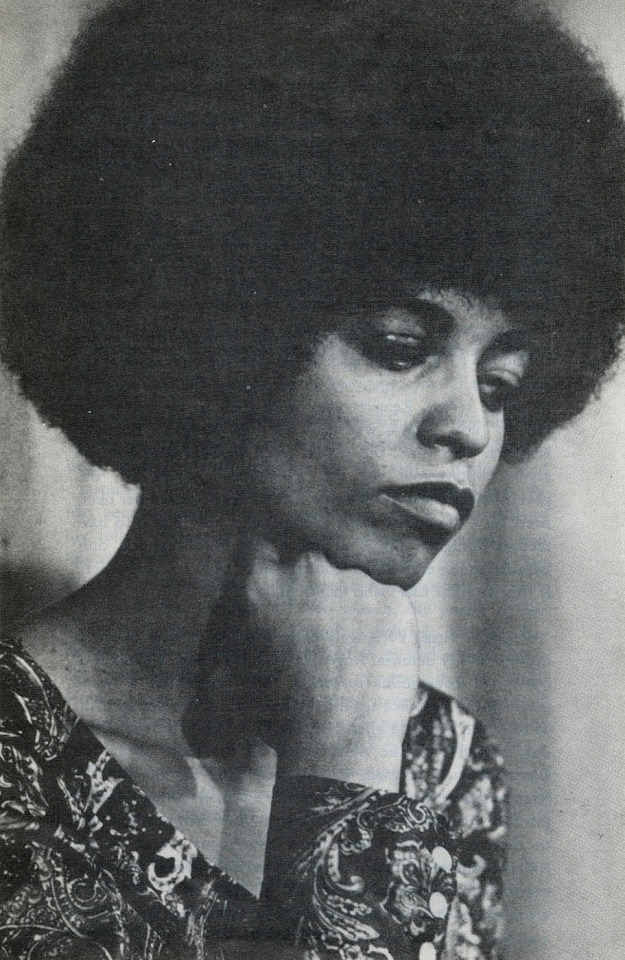
Angela Y. Davis, January 26, 1944 / 2024
(image: from A Political Biography of Angela Davis, New York Committee to Free Angela Davis, New York, NY, 1972. Collection of the Smithsonian National Museum of African American History and Culture, Smithsonian Institution, Washington, D.C.)
#graphic design#pamphlet#angela davis#birthday anniversary#new york committee to free angela davis#national united committee to free angela davis#national museum of african american history and culture#smithsonian institution#1940s#1970s#2020s
65 notes
·
View notes
Text
(˶ᵔ ᵕ ᵔ˶)
#I've had the cutest interaction today#So like yesterday? There was this post I saw on my dash that was like “you want to know extra info about museums? Just befriend a–#guide! That way you can also unlock the Secret Backscene” and I was like. Lmao. Who could ever befriend a museum guide I've never–#even personally met anyone who works at museums?#... Well. Guess what happened today#I was following this guided museum tour with a friend and when the tour came to an end I was happily chatting with her when the guide.#Shyly chimed in and was like “is that an Atsushi keychain?” And I was like !!!!!!!!!!!!!!!!!!!!!!!!!!!!!!!!!!!!!!!!!!!!!!!!!!!!!!!!!!!!!!!#And I was like‚‚ omg‚‚‚ Do you happen to know‚‚‚ This one series‚‚‚‚‚‚#And they unsheathed their phone like a fbi distinctive in American movies to show me their fyo/zai background amjdsgawsjda it was SO cute.#They were adorable. And I got so embarassed but trying to keep my cool while internally I was like‚‚‚#Omg the Cool Museum Guide™ is talking with me about my hyperfixation‚‚‚‚‚‚ What is happening#We talked a bit about the manga it was such a nice and sweet exchange. They said they like Dostoyevsky and I was like yeah he's so cool!!!#They said they're sorry about Bram it was REALLY cute (´;ω;`)#I didn't want to hamper them too much so I took my leave shortly after but I'd actually really like to pay visit again–#when the new chapter is out??#Hhhhhhh I don't want to look stalkery and like go look for them on their job. But also like‚ they looked genuinely happy and as excited as–#I was when we were chatting and I believe in the power of human connections through shared hyperfixations#The possibly funnier part is that then my friend went “Wait you're into b/ungo stray dogs??” and like alright. This is less surprising.#I already knew she likes manga.#What actually left me quite baffled was that... She really didn't know I was into b/sd. When it's literally what I think about 24/7#Something very similar happened just a week ago. My friend gifted me a manga volume of a series she really likes for my birthday#But when she was giving it to me she awkwardly went “oh‚ just‚ it features romance between two guys. I hope that's okay with you...”#And I internally had to pause and realize that no.#In fact most of the people I hang out with don't know I spend half my time curating a bl focused blog.#It's just funny in a way? I got so used to concealing my hyperfixations I didn't even realize I actually got quite good at passing–#for someone who is normal about stuff.#random rambles
47 notes
·
View notes
Video
Franz Kline, Mahoning, 1956, Oil and paper on canvas, 2/17/24 #whitneymuseum by Sharon Mollerus
#fine art#Oil and paper on canvas#Franz Kline#Mahoning#New York City#Whitney Museum of American Art#1956#whitneymuseum#2/17/24 whitneymuseum#New York#NY#flickr
31 notes
·
View notes
Text
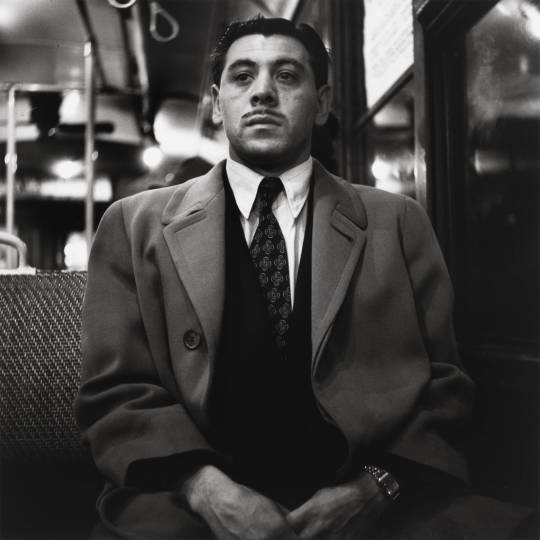
Subway, New York
Louis Stettner (American; 1922–2016)
1946 (printed 1980s)
Gelatin silver print
SFMOMA, San Francisco, California
#American photography#American photographers#American photographs#Louis Stettner#Stettner#1940s#1940s New York#subway#New York subway#street photography#street photographs#street photographers#American street photographers#American street photography#suits#neckties#subway cars#New Yorkers#commuters#wristwatch#wristwatches#San Francisco Museum of Modern Art#SFMOMA#topcoats#mustaches#black and white#black-and-white photography
17 notes
·
View notes
Text

Campbell's Soup Cans (1962)
🎨 Andy Warhol
🏛️ The Museum of Modern Art
📍 New York City, United States
Andy Warhol famously appropriated familiar images from consumer culture and mass media, among them celebrity and tabloid news photographs, comic strips, and, in this work, the widely consumed canned soup made by the Campbell’s Soup Company. When he first exhibited Campbell’s Soup Cans in 1962, the canvases were displayed together on shelves, like products in a grocery aisle. At the time, Campbell’s sold 32 soup varieties; each one of Warhol’s 32 canvases corresponds to a different flavor. (The first flavor the company introduced, in 1897, was tomato).
Though Campbell’s Soup Cans resembles the mass-produced, printed advertisements by which Warhol was inspired, its canvases are hand-painted, and the fleur de lys pattern ringing each can’s bottom edge is hand-stamped. Warhol mimicked the repetition and uniformity of advertising by carefully reproducing the same image across each individual canvas. He varied only the label on the front of each can, distinguishing them by their variety. Warhol said of Campbell’s soup, “I used to drink it. I used to have the same lunch every day, for 20 years, I guess, the same thing over and over again.”
Towards the end of 1962, shortly after he completed Campbell’s Soup Cans, Warhol turned to the photo-silkscreen process. A printmaking technique originally invented for commercial use, it would become his signature medium and link his art making methods more closely to those of advertisements. “I don’t think art should be only for the select few,” he claimed, “I think it should be for the mass of the American people.”
#Campbell's Soup Cans#Andy Warhol#Pop Art#1962#moma#The Museum of Modern Art#New York City#United States#nyc#american#art#artwork#art history#Acrylic with metallic enamel paint on canvas#painting#acrylic painting#soup cans#soup
9 notes
·
View notes
Text

Christopher Street, Greenwich Village, Beulah Bettersworth, 1934
Oil on canvas
30 ⅛ x 24 ¼ in. (76.5 x 61.5 cm)
Smithsonian American Art Museum, Washington, DC, USA
#art#painting#beulah bettersworth#20th century#1930s#greenwich village#new york#new york city#snow#winter#street scene#women artists#female artists#smithsonian american art museum#american
144 notes
·
View notes
Text
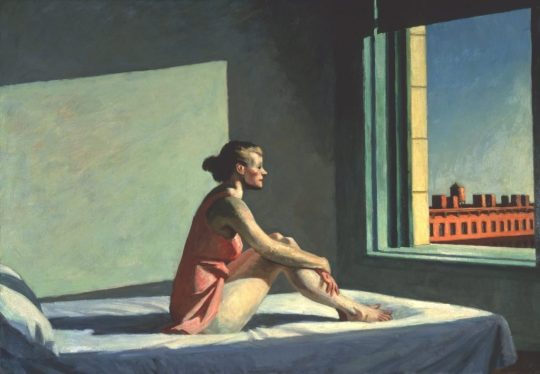
Morning Sun, Edward Hopper, 1952
#art#art history#Edward Hopper#genre painting#morning scene#Realism#Realist art#American Realism#New Realism#Social Realism#American art#20th century art#modern art#oil on canvas#Columbus Museum of Art
522 notes
·
View notes
Photo
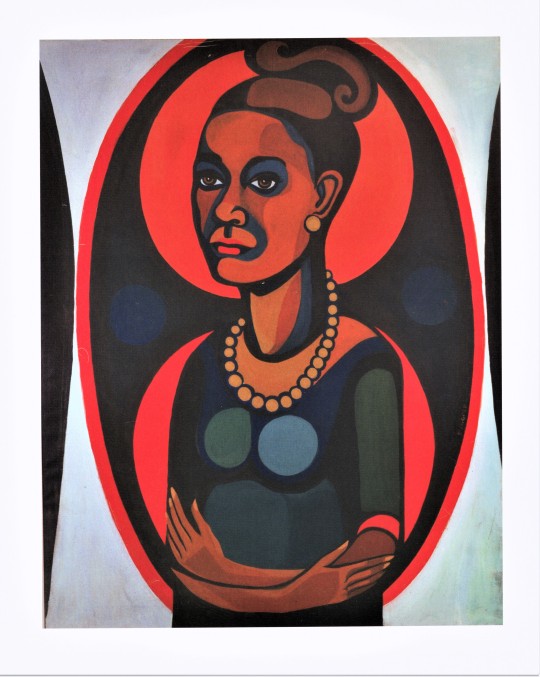
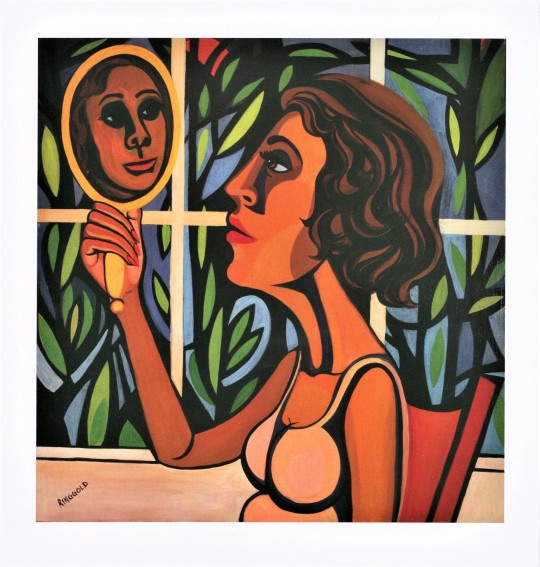
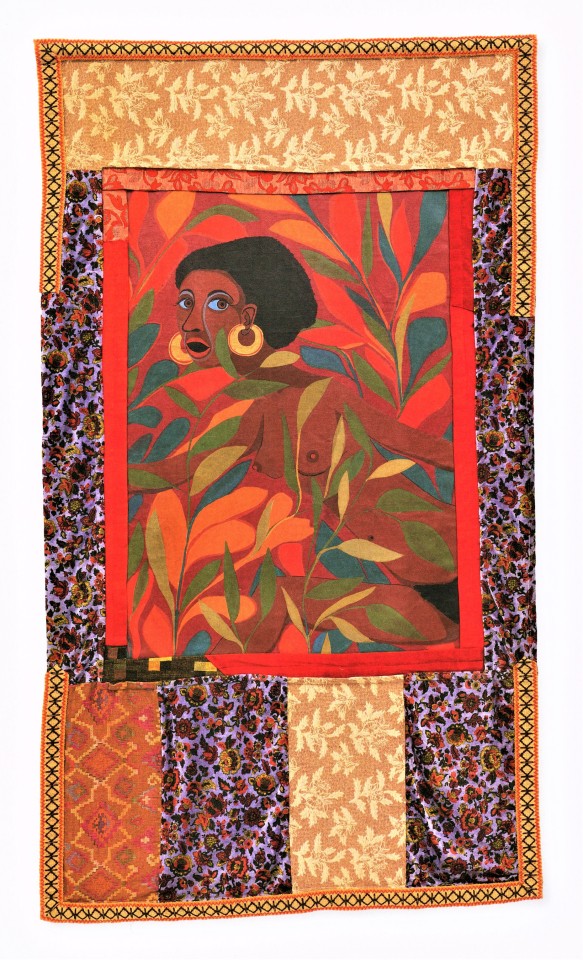
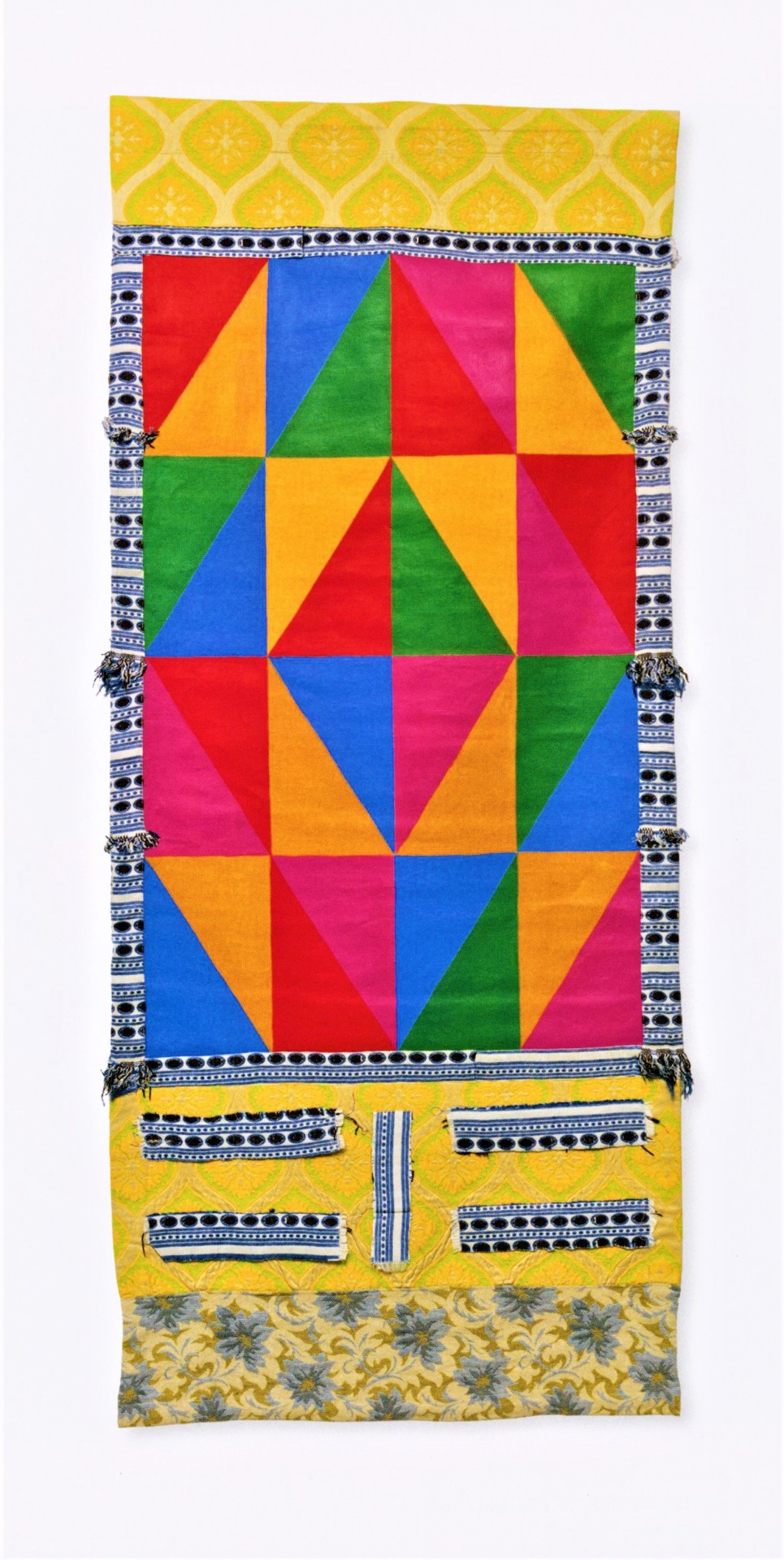
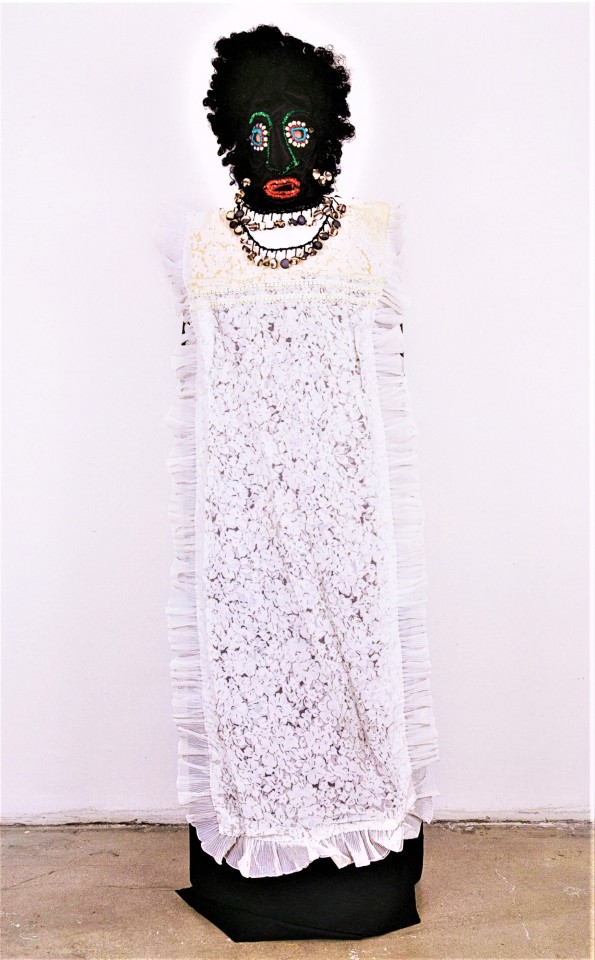
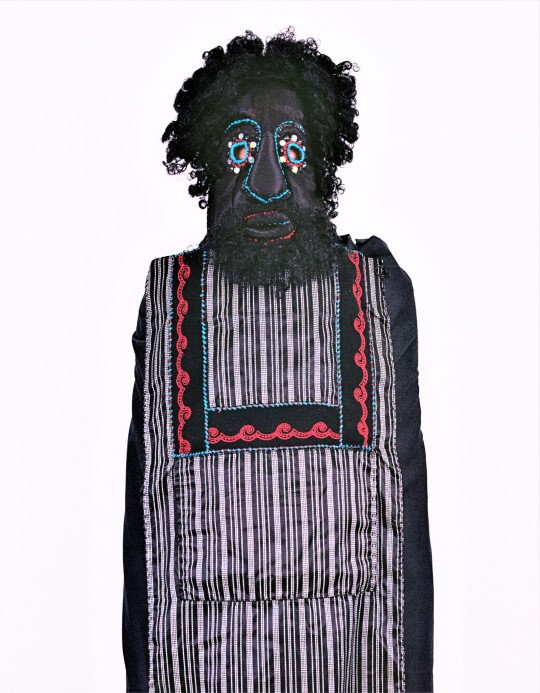

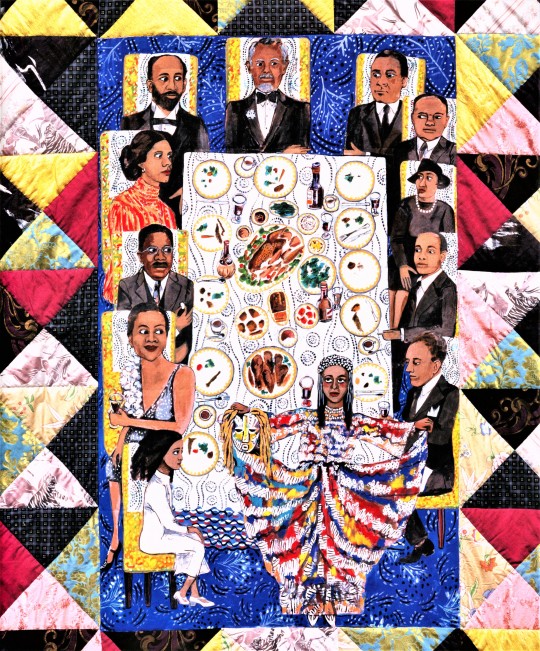
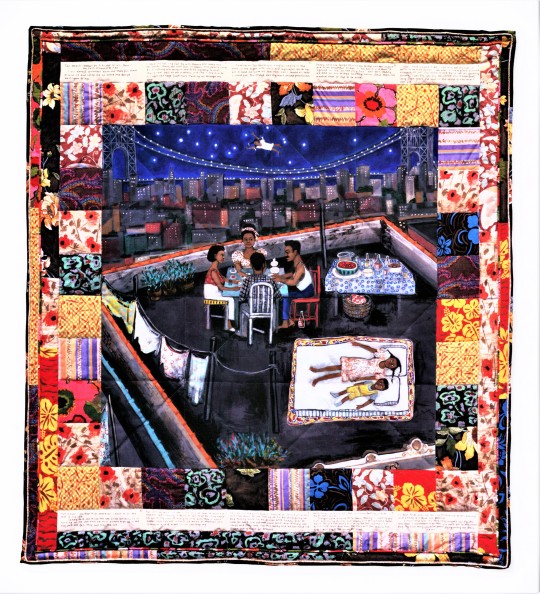

Spotlight: Faith Ringgold
92-year-old Faith Ringgold is arguably one of the most consequential African American artists of her generation, well-known for her paintings, mixed-media sculpture, performance work, and especially for her narrative quilts. A year ago, February 17, 2022, the New Museum in New York opened the retrospective exhibition “Faith Ringgold: American People,” the most comprehensive survey to date of the work of Faith Ringgold, whose groundbreaking art and political activism span more than sixty years.
These images are from the catalog of that exhibition, also titled Faith Ringgold: American People, edited by Massimiliano Gioni and Gary Carrion-Murayari and published in New York by Phaidon Press in 2022. The catalog features 11 essays by prominent writers and an interview with the artist, and covers work from all periods of Ringgold’s career, including her early civil rights-era figurative paintings, her graphic political protest posters, and her signature experimental story quilts.
Click or tap on the images for more detail.

The Flag is Bleeding #2: The American Collection #6, 1997. Acrylic on canvas with painted and pieced fabric. 76 x 79.5 in.
View more Black History Month posts.
#Black History Month#Faith Ringgold#African American artists#Black artists#African American women artists#Black women artists#women artists#Faith Ringgold: American People#exhibitions#exhibition catalogs#retrospective exhibitions#New Museum#Massimiliano Gioni#Gary Carrion-Murayari#Phaidon Press
189 notes
·
View notes
Text
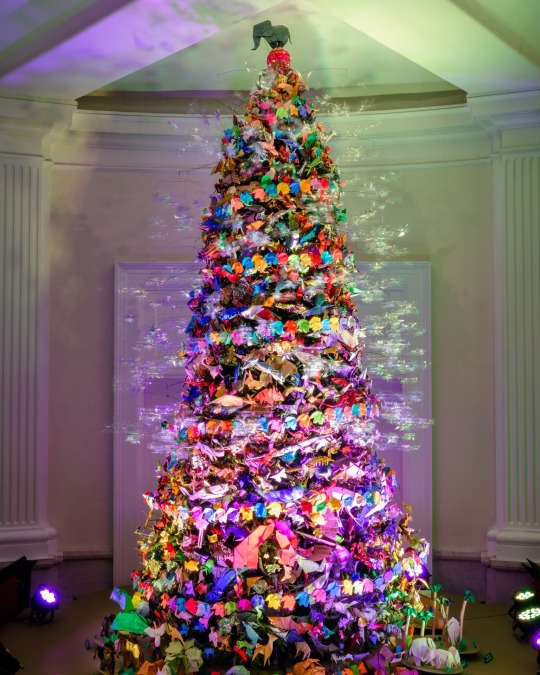
The Museum’s Origami Tree opens to visitors today—come get into the holiday spirit! The theme of this year’s 13-ft (4-m) tree is Proboscideans on Parade, featuring garlands and origami models inspired by the new exhibition The Secret World of Elephants. It’s adorned with more than 1,000 origami models, including wooly mammoths and iconic Museum exhibits like the Blue Whale and Tyrannosaurus rex.
Produced in partnership with OrigamiUSA, the tree is delightfully decorated with hand-folded paper models created by local, national, and international origami artists.
Photo: Alvaro Keding / © AMNH
#science#museum#amnh#natural history#holiday#origami#things to do in new york city#elephants#proboscideans#american museum of natural history#holidays#ornament
308 notes
·
View notes
Text
For #InternationalRabbitDay 🐰:

Arthur Fitzwilliam Tait (British-American, 1819–1905)
#Rabbits on a Log, 1897
Oil on canvas, 10 x 12 in. (25.4 x 30.8 cm)
Metropolitan Museum of Art, New York 1979.490.7
#animals in art#animal holiday#19th century art#painting#oil painting#wildlife art#nature art#rabbit#rabbits#bunny#bunnies#trio#Metropolitan Museum of Art New York#American art#International Rabbit Day#Arthur Fitzwilliam Tait
20 notes
·
View notes